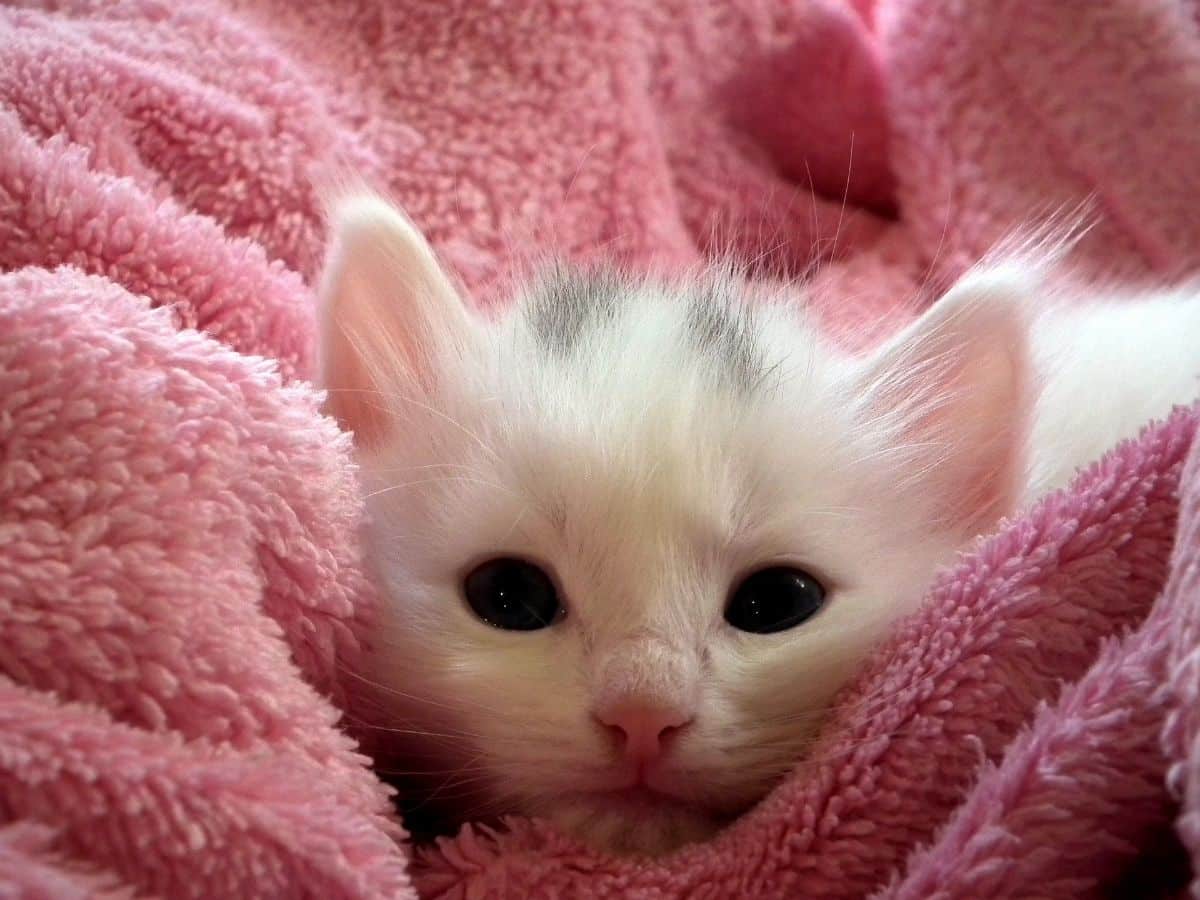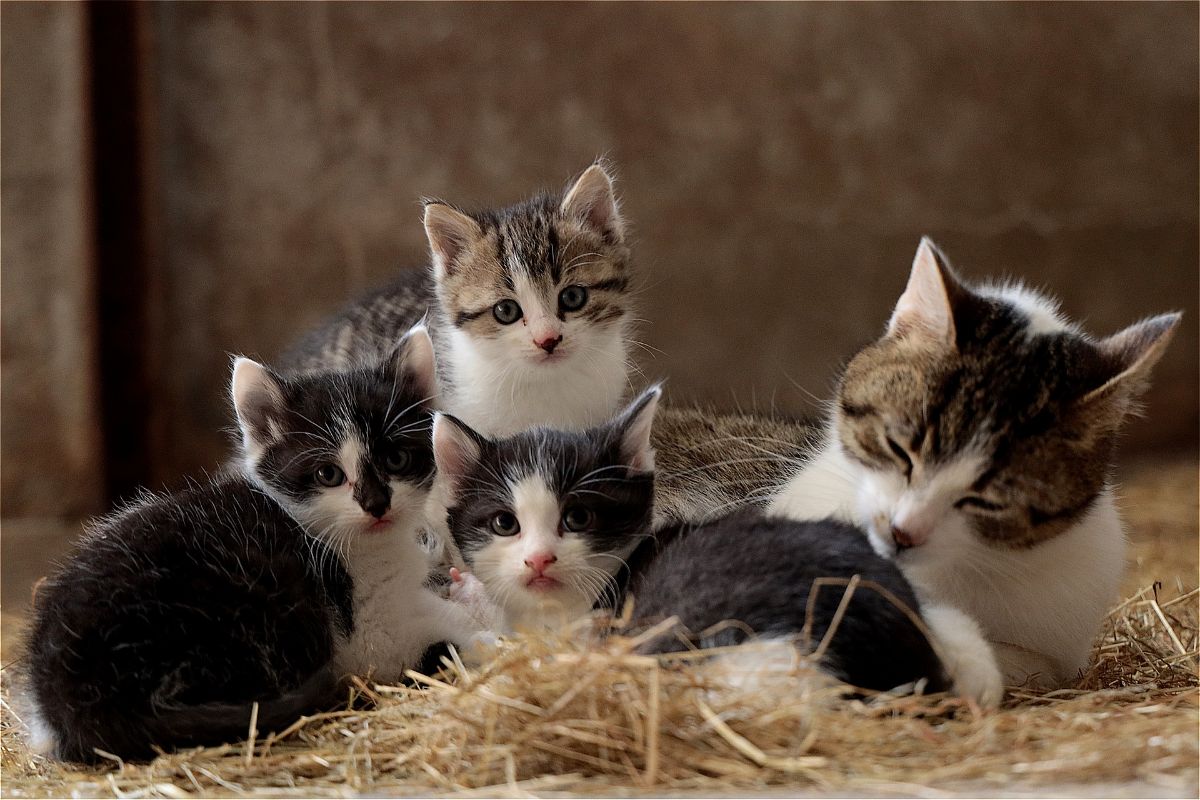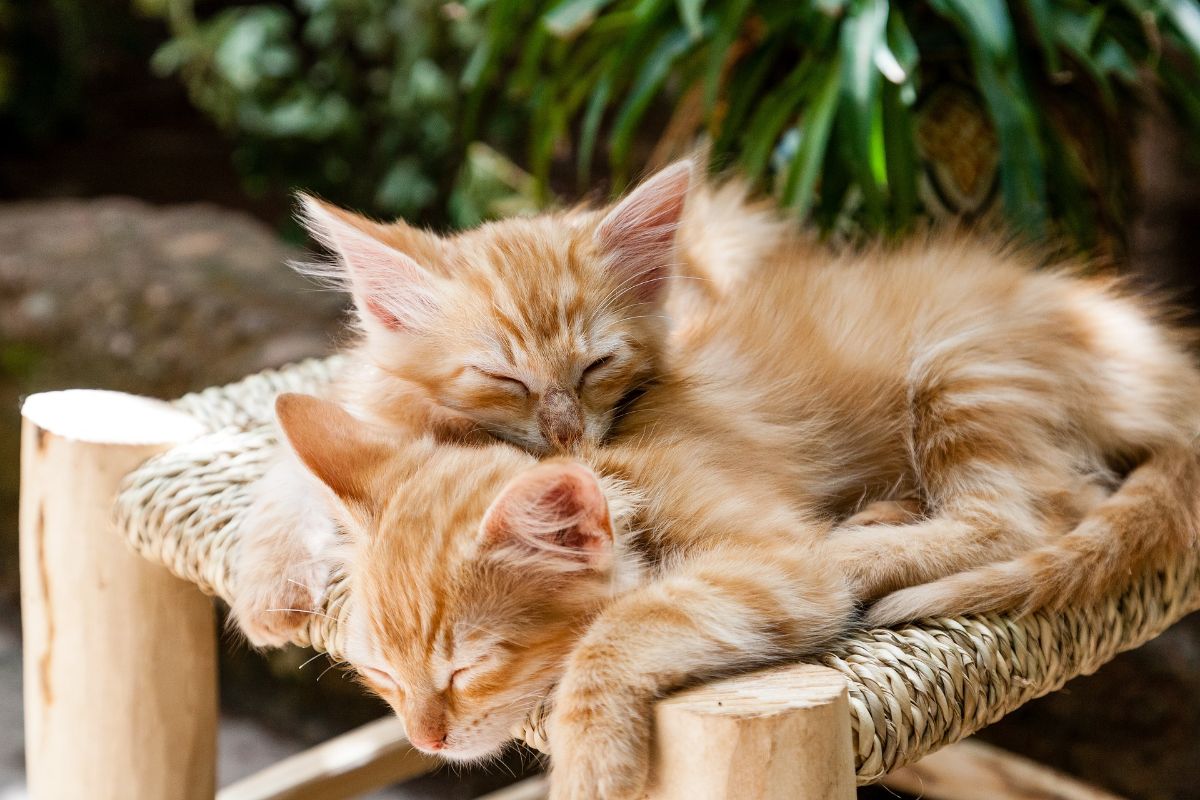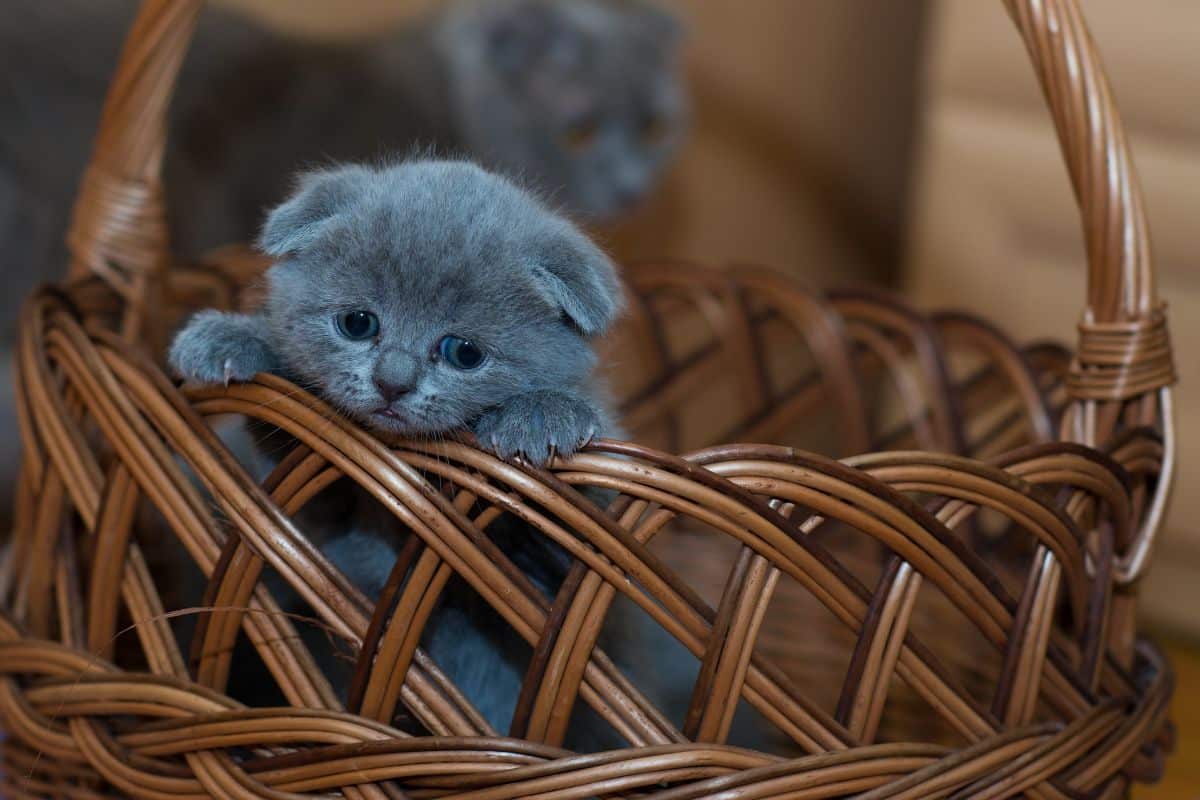
When you have a small cat, it is normal that, at first, research to be able to give him the best food. The problem is that, sometimes, you get saturated with so many options: dehydrated cat food, I think, wet food...
What is the best to give? If you also wonder, then we will talk about feeding cats all types of food you can have and its advantages and disadvantages.
small cat feeding

When a kitten is born, it depends exclusively on its mother. Said of another, The best food that this little animal can receive is breast milk.. And it should be like this for at least two months, although after 6 weeks the kitten normally begins to experiment and eat other things that it may like more.
However, it is important that spend at least 8 weeks with the mother because that is how she socializes and the separation is less traumatic (plus you will find yourself with fewer health problems).
Now, after that moment, when a little cat comes to your house, what do you need to feed it? We offer you several options:
Dehydrated cat food
Although it is not as well known as the other options, la dehydrated cat food It can be a good choice for both small and adult cats. It is a food that undergoes a process to remove water and other liquids, so that it is completely dry. And that implies that it will have a lot of protein (estimated to be about 40%), along with 20% carbohydrates. This, compared to a lot of dry or wet food, is a much higher proportion, and that brings benefits.
They are foods that are going to be consumed naturally. In other words, they do not contain preservatives or additives. In addition, all the properties are preserved and they last much longer than feed or wet food.
Believe it or not, your cat will be more hydrated because before eating, that food is hydrated, so you will know for sure that it drinks liquid.
Those who have tried it know that it prevents respiratory, heart, bone diseases... and also better controls the weight of the animal compared to feed and wet foods (which sometimes have a lot of fat or do not feed them at all).
It is true that this food is much more expensive compared to the others. But if we take into account that it lasts longer, that the food that you give it is of good quality and that it also adapts to your cat (and not the other way around), it may well be worth it.
Wet food
This is the first one that you will have to give him as soon as he arrives, as long as he is already a few weeks old. Usually, from week 4 you can introduce it although you will already know that, by itself, it will not eat it.
Of course, as curious as it will be, in the end it will end up biting and that will allow it to feed less and less milk.
In the market you can find many types, from the one that is in sauce, in jelly or wet food but that is canned (and rather seems dry). Each cat has a predilection, but we advise you not to accustom it to only one brand because you may run into the problem of not finding it later. This way you will also prevent it from becoming very sybaritic.
Dog Food
I think is one of the foods that covers all the nutritional needs of your cat. It begins to be introduced in week 6, in such a way that, when he is two months old, he can already eat feed, or dry food, without any problem. At first, the feed that is given is a special one for small cats. This usually has a higher proportion of protein and grains are somewhat smaller so that he gets used to using his teeth and chewing.
Some owners combine it with wet food (especially if your cat is not one of those who drink a lot).
Regarding feed, as with wet food they are many brands that you can find in the market. And within them there are high quality, good quality, medium, low and poor quality. Whenever you can, we would recommend that you give it the best, but since we know that sometimes the budget is not enough, choose one that has good quality and a balance with the price.

So what is the best food for a cat?

Choosing a good diet for a cat is not easy when you don't know what to look for. The optimal food for a cat must always contain a high degree of protein of animal origin. That is, they need those proteins to cover the nutritional needs they have.
We do not say it, but muchos scientific studies that support the idea of a diet rich in proteins of animal origin so that cats maintain excellent health. One such study was conducted by the University of California, Davis. Among the results, it was found that those cats that consume a diet rich in protein of animal origin develop much better muscle and have a greater bone mass than those that eat a low protein diet.
Moreover, the study published in the Journal of Animal Physiology and Animal Nutrition, agree that, cats on a high-protein diet are better able to absorb calcium and phosphorous, two elements that affect a higher bone quality. There are also studies that show that diets rich in protein are especially important for geriatric cats, helping to prevent loss of muscle mass and lead a better quality of life.
Now, not everyone is worth it. It is imperative that the food they are given is of high quality and, if possible, does not contain artificial preservatives or other harmful additives.
If it has already become clear to you, the final choice must be made by you, although we will always recommend that you give it the best possible (within your budget). Your cat and his health will thank you for many years. What will you decide: wet, dry or dehydrated cat food?